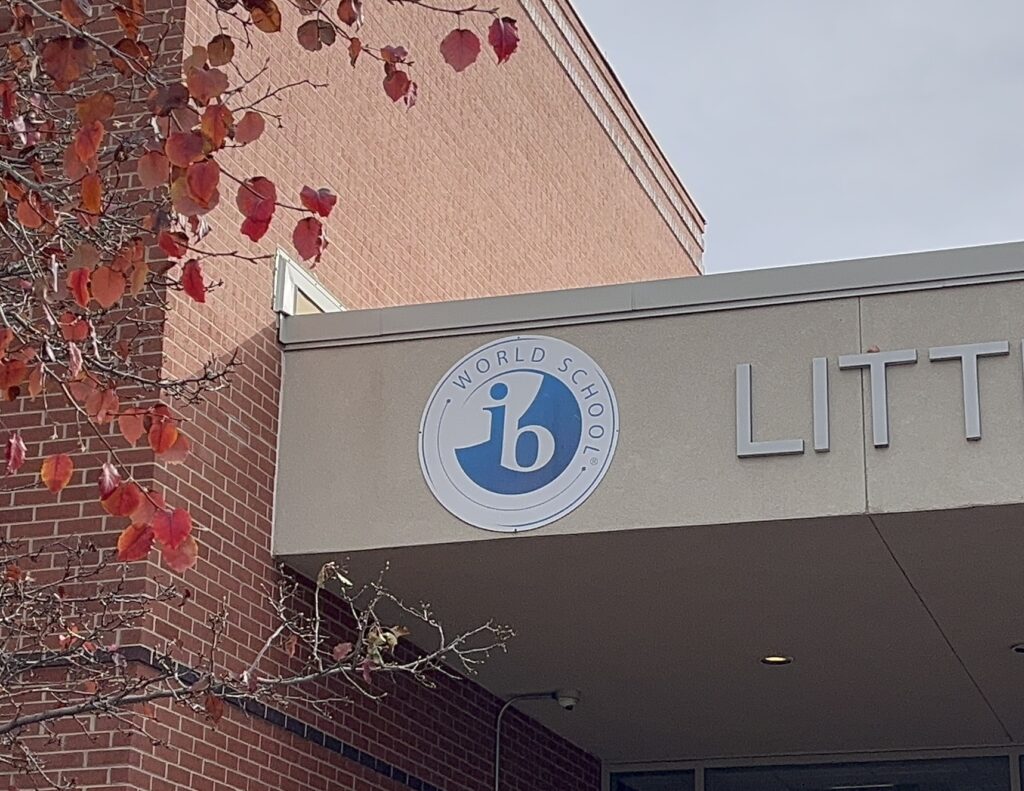This article is the second out of seven discussing low student involvement.
Interest in the IB Diploma Program is diminishing every year. In years past, there have typically been 30-50 students in the IB Diploma Program per grade, but this year, there are only 27 IB seniors and 16 IB juniors. Of course, this drop was partly due to EPIC opening, but the issue extends beyond that.
EPIC vs IB

Sophomores last year were basically offered two choices for their junior year: IB or EPIC. Students were unlikely to choose IB out of those options because of the stigma surrounding it, and shiny, new EPIC appealed much more. Since the dawn of the program, students have regarded IB as the most difficult academic path available at LHS. Of course, it’s designed to be difficult, but it’s also intended to help immensely at the collegiate level, which makes the rigor worth it.
Benefits of IB
It allows students to earn college credit, improves their time management, and prepares them for the level of work they will receive in college. Not only that, but it also encourages students to do community service, which helps with college admissions and betters their community.
One of the issues is that this side of IB is rarely ever talked about. Students tend to complain about how hard the IB Diploma Program is and tell their underclassman counterparts to avoid it. But here’s the thing: students complain about school no matter what. Elementary school students complain about their schoolwork being too hard, middle school students complain about their schoolwork being too hard, and high school students are no exception. It doesn’t matter what classes you’re in; you’ll probably always complain about stuff being difficult. That said, why avoid the IB Diploma Program because people tell you it’s too hard?
One IB senior shares why they think participation in the Diploma Program is decreasing.
“Because of the stigma that’s around it, that it’s really hard and takes a lot of time when its really not that bad honestly.”
Do students care less about their community?
Interestingly enough, student involvement in IB classes has actually increased; it’s only participation in the Diploma Program that has seen a decline. Why?
One possible reason for this is CAS. CAS (creativity, activity, and service) requires students to spend 150 hours doing activities that fall into each category, which is 33+ hours of creativity, 33+ hours of activity, 33+ hours of service, plus a 50-hour service project. As a prospective candidate, this may seem like a lot, but as someone who has nearly completed the program, achieving these hours hasn’t been difficult. As long as you’re decently involved in the school, these hours are pretty easy to obtain. The project is harder, but it’s perfectly doable as long as you can find a way to volunteer for the same cause for 50+ hours.
“I don’t think it’s too hard as long as you time-manage. I would say it’s worth it because it gives you access to a lot of community service projects which colleges tend to look for on applications and I wouldn’t have done them if I weren’t in the IB Program,” said another IB senior.
Because this is such a big turn-off for the program, it’s safe to assume that students don’t care as much about bettering themselves beyond academics. Also, students might not care as much about getting involved in their community as they used to.
The Extended Essay
Along with CAS, doing the IB Diploma Program is different than just taking IB classes because of the Extended Essay. The EE is a 4,000 word research paper that students in the program conduct independently, usually in the summer between junior and senior year. I won’t lie, 4,000 words is a lot, and the EE is honestly the hardest part of IB. At the same time, it’s a challenge with numerous benefits.
If you plan to attend college, you will likely have to write a 4,000-word paper. By already having that experience in high school, you’ll be prepared to take on the challenge in college.
That being said, the value of challenging yourself has become lost to students. Throughout a student’s career, the importance of grit and pushing yourself is constantly emphasized, and yet the opportunity to do this through the IB Diploma Program is so often rejected by students. Why have we become so afraid of academically challenging ourselves?
Is it really that hard?
The difficulty of IB is mildly exaggerated. Yes, IB classes tend to be more difficult than many regular classes, but it’s less intense of a jump than it seems. Getting good grades in any class requires effort, not just IB classes.
“It’s daunting, seeing all of the rigorous courses you have to take, and I think the final tests make people feel nervous. Also, the homework. It is a lot of homework and it’s not for everyone,” said an IB junior.
Yes, it’s not for everyone. Some people have goals that can’t be achieved through the program, or maybe it doesn’t agree with their learning style, and that’s completely okay.
However, there’s no doubt that the stark drop in participation in the program is due to more than just this. Students have become more afraid of challenging themselves, even if these challenges will ultimately better them.
So, while I’m not trying to pressure or guilt you into doing the IB Program, I’m encouraging you not to be afraid of challenging yourself or getting involved in the community. Though the IB Program isn’t the only way to succeed in high school, it is undoubtedly a great opportunity many ignore because they fear the challenge. There is so much to gain from the program; don’t let the opportunity pass you by solely because it seems “too hard.”





